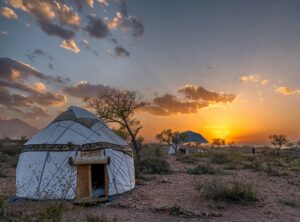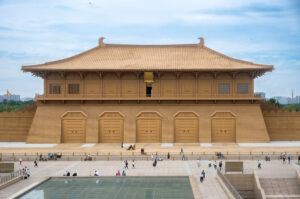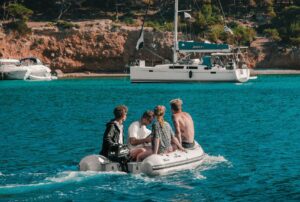More than a tropical escape, Hawaii is a place where nature, heritage, and a deep sense of welcome come together. Each island offers a distinct rhythm — whether you’re drawn to city adventures, seaside serenity, or cultural discovery, Hawaii delivers it all with elegance and heart.
If you’re seeking a dynamic mix of urban energy and coastal views, Oahu invites you to hike scenic trails in the morning and explore stylish shops and eateries in Honolulu by afternoon. Craving romance or quality time with family? Maui enchants with its winding coastal roads, seasonal whale watching, and a wide selection of luxury beachfront resorts. Looking to disconnect completely? Lanai offers a secluded, upscale escape. Its quiet beaches and exclusive resorts make it a perfect hideaway for those who prefer privacy and refinement.
No matter where your journey leads, Hawaii greets you with open arms, promising a travel experience filled with natural beauty, cultural richness, and warm aloha spirit. For curated insights on where to stay, what to do, and how to savor each island, explore Demen Travel’s complete Hawaii guide below.
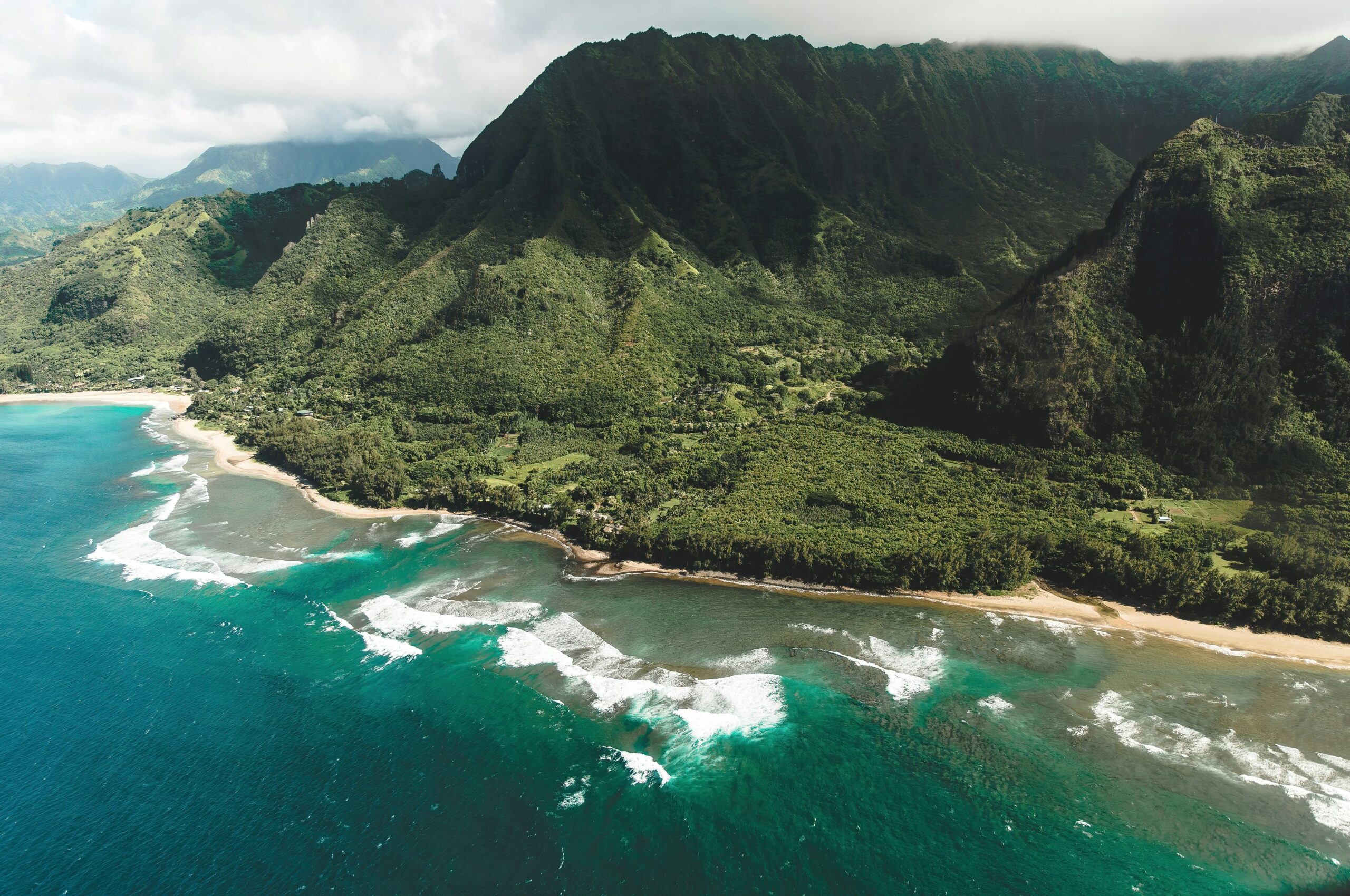
About Hawaii
Hawaii is not just a dream destination — it’s a one-of-a-kind part of the United States. It is the only U.S. state made entirely of islands, located in the middle of the Pacific Ocean, about 3,200 kilometers southwest of the U.S. mainland.
The Hawaiian Islands include hundreds of islands, both large and small, spread across a wide area of ocean. Among them, eight main islands are the most well known: Niihau, Kauai, Oahu, Molokai, Lanai, Kahoolawe, Maui, and Hawaii Island, also called The Big Island.
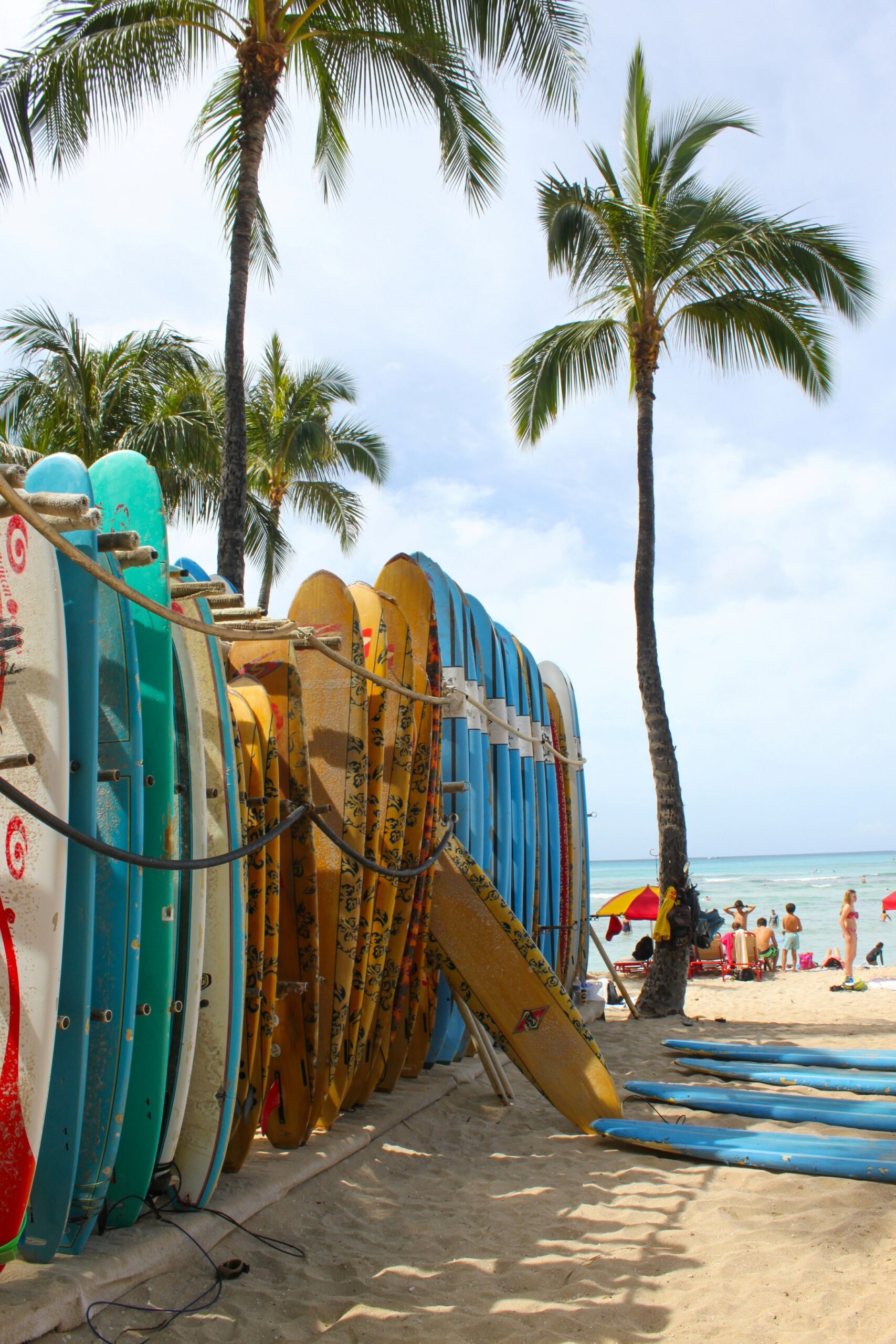
Because of its remote location, Hawaii has developed a rich natural environment and a unique local culture. Visitors will find a mix of beautiful landscapes, wildlife found nowhere else, and traditions passed down for generations.
Safety Tips and Travel Advice for Hawaii
When exploring the Hawaiian Islands, always put safety first: don’t leave valuables in your car or unattended on the beach. Be careful on remote hikes or when swimming in the ocean, and always follow posted signs and check local conditions before exploring volcanic areas. Travel during peak seasons (like summer and holidays) fills up fast, so plan and book early. Lastly, embrace “island time” when you visit—life moves a little slower here, so pack your patience along with your sandals.
Airports
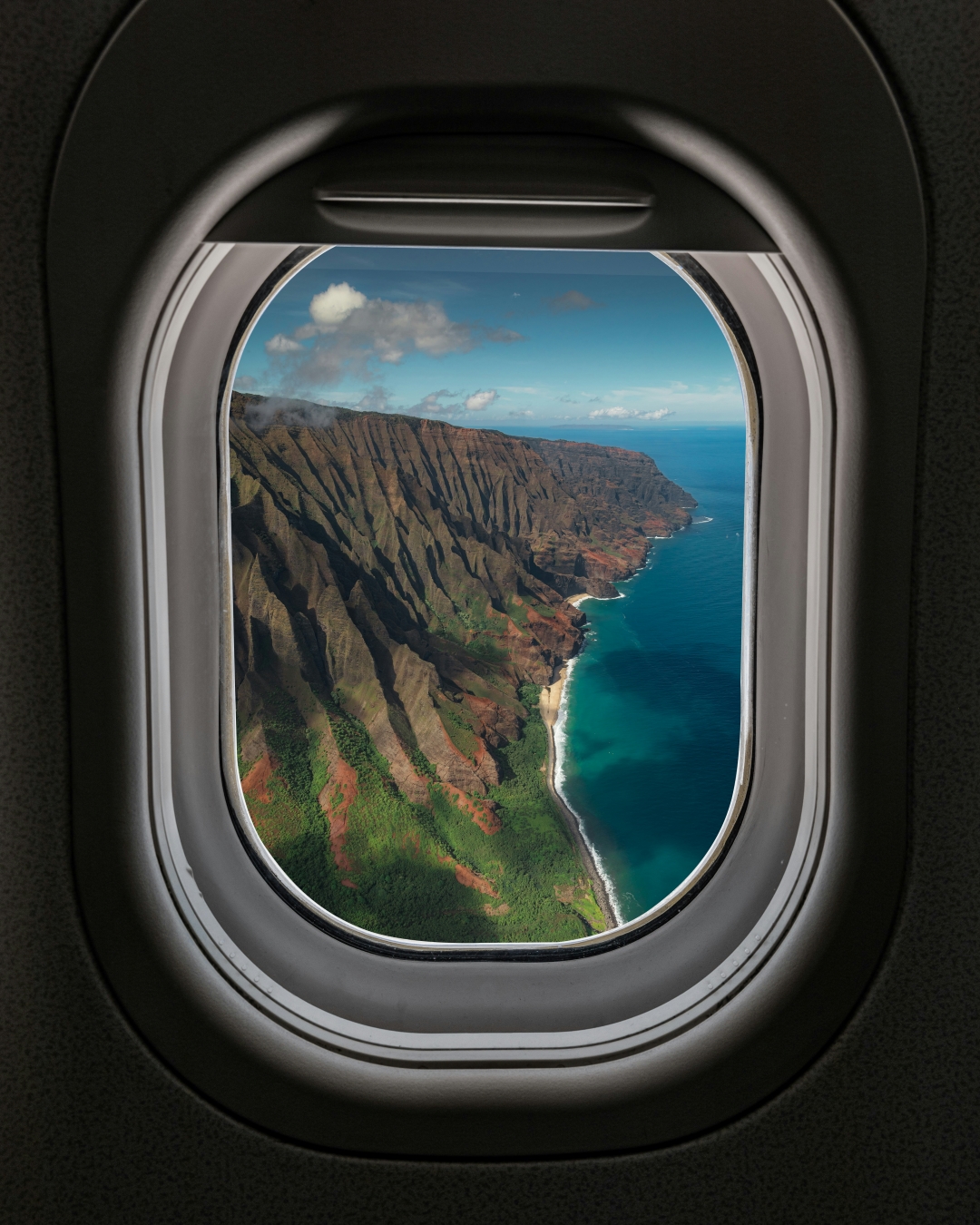
- The Big Island (Hawaiʻi Island): There are two main airports on the Big Island. Kona International Airport (KOA) is on the west side and handles most flights, including those from the U.S. mainland and Canada. On the east side, Hilo International Airport (ITO) only serves inter-island flights to other Hawaiian islands.
- Oʻahu & Lānaʻi: The largest and busiest airport in Hawaii is Daniel K. Inouye International Airport (HNL) on Oʻahu. It receives flights from major cities in North America, Asia, and Oceania. Most visitors traveling to other islands will connect through HNL. From here, you can take a short flight — usually under 45 minutes — to smaller islands, including Lānaʻi Airport (LNY).
- Kauaʻi: Lihue Airport (LIH) is the main airport on Kauaʻi. It offers regular flights to other Hawaiian islands and direct service to several cities in the U.S.
- Maui: Kahului Airport (OGG) is Maui’s main airport. It has strong connections to both inter-island destinations and major cities across the U.S. and Canada.
Best Time to Visit Hawaii
The ideal time to visit Hawaii is during spring (April – May) and fall (September – November). During these periods, the weather is mild, there’s less rain, and tourist crowds are thinner, allowing you to enjoy peaceful scenery and reasonable costs.
However, if you’re passionate about vibrant festivals and diverse cultural events, summer (mid-June – August) is a perfect choice. While this is peak season with higher prices and more tourists, Hawaii will offer energetic and lively experiences.
A good tip is to avoid major holidays like Christmas, New Year’s, and Thanksgiving, as the islands get extremely crowded and prices soar. But of course, if you want to discover Hawaii’s unique beauty across all seasons, that’s still a wonderful option!
Hawaiian Cuisine
- Poke: Diced raw fish (often Ahi tuna) salad, seasoned with soy sauce and sesame oil. Fresh, light, and refreshing.
- Lau Lau: Meat (pork/fish/chicken) wrapped in taro and Ti leaves, slow-cooked. The meat is fall-apart tender. The taro leaves might have a slightly “earthy” taste for some.
- Kalua Pig: Traditional roasted pork slow-cooked in an underground oven (Imu). Smoky, melt-in-your-mouth meat, a Luau staple.
- Shave Ice: Finely shaved ice topped with fruit syrups and various additions. A perfect refreshing treat.
- Spam Musubi: A block of seasoned rice with pan-fried Spam, wrapped in nori. A convenient, savory snack. Might be a bit salty and fatty if you’re not used to Spam.
- Açaí Bowl: A bowl of frozen Açaí berry smoothie, topped with fresh fruit, granola, and honey. A nutritious breakfast/snack.
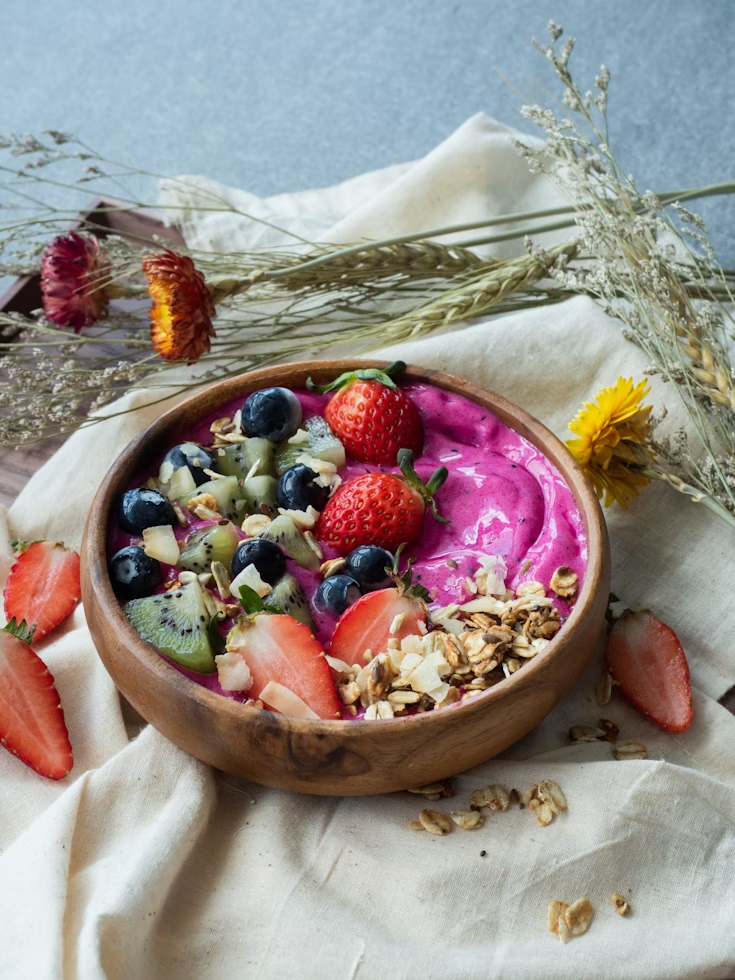
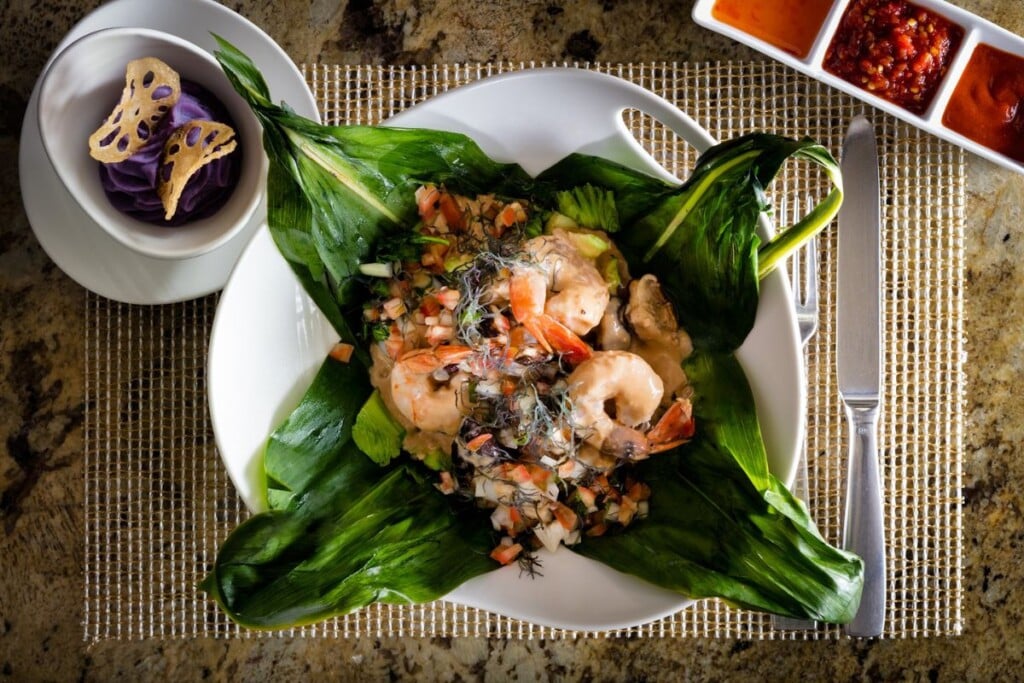
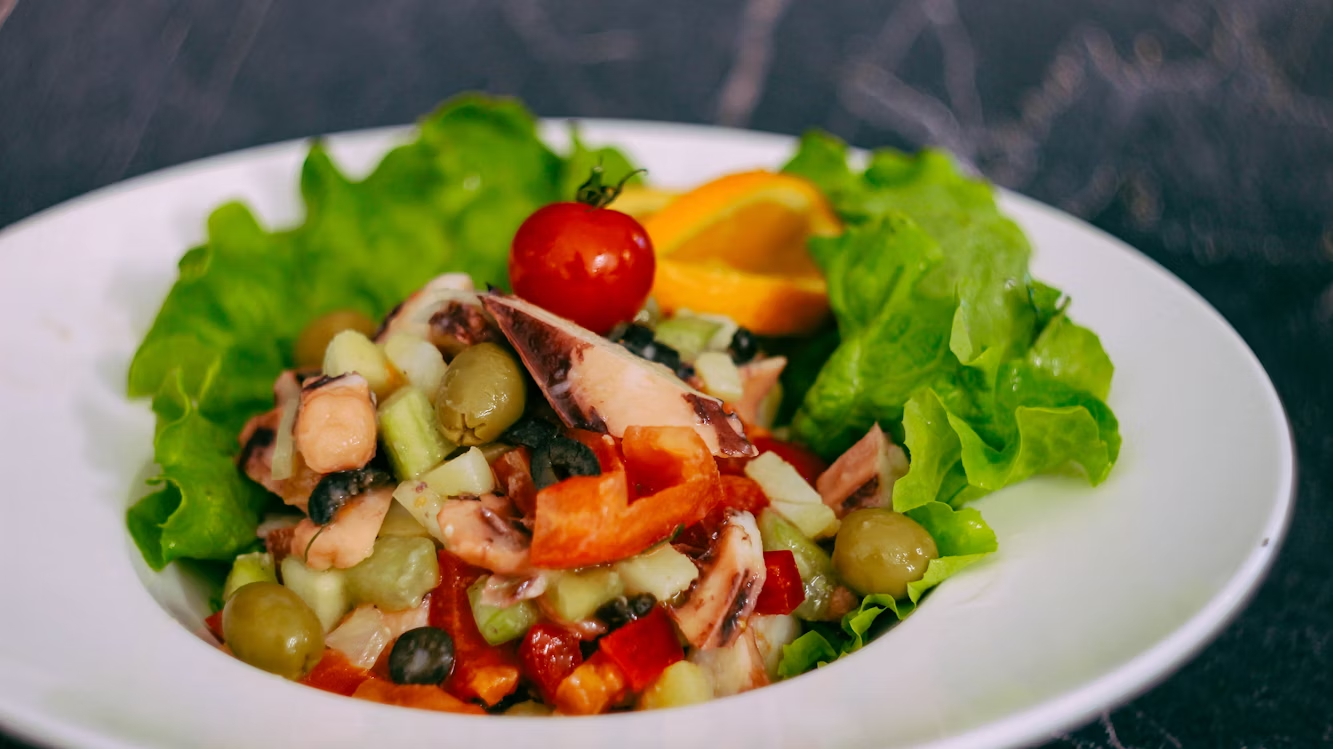
Oʻahu
Oʻahu is the most exciting and well-known island in Hawaii. It’s home to the capital city, Honolulu, the famous Waikiki Beach, and important places like Pearl Harbor. This island blends Hawaiian culture with modern style. You can explore historic sites, enjoy luxury hotels, dine at top restaurants, and shop at high-end stores — all in one place. Oʻahu is perfect for travelers who want a mix of everything. You can enjoy the energy of the city, then escape into green valleys, go hiking, or relax at a scenic beach lookout. Whether you’re looking for tropical charm, nightlife, fine dining, or cultural landmarks, Oʻahu offers it all in one island.
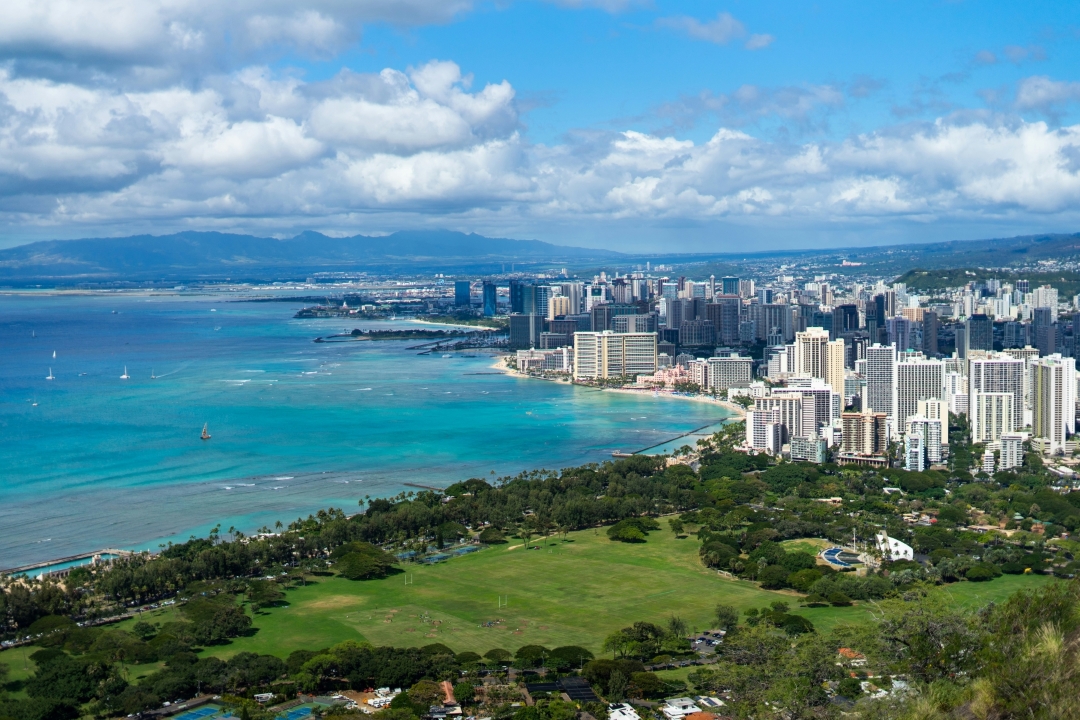
The stay
Four Seasons Resort Oahu at Ko Olina
The Ritz-Carlton O’ahu, Turtle Bay

Big Island (Hawaiʻi)
The Big Island is the most diverse island in Hawaii. You’ll find black-sand beaches, lava fields, snow-covered mountains, and tropical rainforests — all on one island. This is where you can see active volcanoes at Hawaiʻi Volcanoes National Park, watch the stars from the top of Mauna Kea, or explore small local towns full of culture and charm. The Big Island is perfect for travelers who love nature and adventure. It offers powerful landscapes and unforgettable experiences. If you’re looking to feel close to the Earth and explore something truly unique, this island is for you.
The stay
Four Seasons Resort Hualālai
Kona Village, A Rosewood Resort
Maui
Maui is one of the most beautiful and romantic islands in Hawaii. It’s known for its golden beaches, steep ocean cliffs, and the scenic Road to Hāna. This island offers a mix of natural beauty and luxury travel. You’ll find high-end resorts, top golf courses, and amazing sunrises at Haleakalā volcano. Maui is perfect for honeymoons, quiet getaways, or anyone who wants a peaceful trip with a touch of elegance. It has just the right mix of relaxation and adventure, all in a stunning setting.
The stay
Four Seasons Resort Maui at Wailea
The Ritz-Carlton Maui, Kapalua
Kauaʻi
Nicknamed the “Garden Isle,” Kauaʻi is lush, wild, and wonderfully remote. It’s home to some of Hawaii’s most dramatic scenery – including the soaring Na Pali Coast, Waimea Canyon, and countless waterfalls. Adventure seekers will love its hiking trails and kayaking routes, while those seeking peace can relax in nature’s untouched embrace. Kauaʻi remains one of Hawaii’s most authentic islands, offering rare solitude and a timeless connection to land and spirit.
The stay
Grand Hyatt Kauaʻi Resort & Spa
Timbers Kauaʻi – Ocean Club & Residences
Lānaʻi
Lānaʻi is the perfect island for travelers who want peace, comfort, and privacy. It offers an exclusive escape, far from crowds and noise. Most of the island is focused on luxury experiences. You’ll find elegant villas, world-class golf courses, and beautiful nature. There are no malls, no traffic, and no busy beaches. Instead, Lānaʻi gives you calm surroundings, high-end service, and a true feeling of being away from it all. It’s ideal for those who enjoy quiet luxury, personal space, and the finer things in life.
The stay
Four Seasons Resort Lana’i
Molokaʻi
Molokaʻi shows you a different side of Hawaii — quiet, traditional, and real. This island has very little commercial tourism, which makes it feel like stepping back in time. Here, you can connect with local Hawaiian communities, visit sacred places, and learn about a way of life that honors simplicity and nature. Molokaʻi is perfect for travelers who want a true cultural experience. If you enjoy slow travel, local stories, and peaceful landscapes, this island offers something personal and meaningful, far from the usual tourist path.
The stay
Honua Kai Resort
Kepuhi Hale
History and Culture
Hawaii is more than just beaches and sunshine. It’s a land filled with rich history and living traditions. Here, you’ll find a unique mix of cultures. Ancient Polynesian roots, stories from the time of Hawaiian kings and queens, and influences from immigrants around the world all come together to shape the islands’ identity. From traditional ceremonies and Hawaiian music, to the deep meaning of the “aloha spirit” in daily life, Hawaii offers more than beautiful views — it offers a chance to feel, learn, and connect. When you visit Hawaii, you’re not just seeing nature. You’re stepping into a world shaped by stories, respect, and a powerful connection between people and place.
Pearl Harbor – Oʻahu: Pearl Harbor is one of the most important places in U.S. history. In 1941, Japan attacked this harbor, leading the U.S. to join World War II. You can visit the USS Arizona Memorial, the USS Bowfin submarine, and the USS Missouri battleship. This site honors those who died and reminds us of the need for peace.
ʻIolani Palace – Oʻahu: ʻIolani Palace is the only royal palace in the U.S. It was the home of the last kings and queens of Hawaii. The building mixes Hawaiian and European styles. Inside, you’ll see royal rooms, clothing, and old objects from Hawaii’s royal past.
Polynesian Cultural Center – Oʻahu: This is a fun and educational park that shows the cultures of six Pacific islands: Hawaii, Fiji, Aotearoa (New Zealand), Samoa, Tahiti, and Tonga. You can watch dances and shows, try traditional food, and take part in hands-on activities. It’s a great place to learn about island life and culture.
Puʻuhonua o Hōnaunau – The Big Island: This place was once a safe zone in ancient Hawaii. People who broke the law could come here to be forgiven. Today, you can walk through old temples, see carved wooden statues, and learn about Hawaiian beliefs and traditions.
Nā Pali Coast – Kauaʻi: This coast is famous for its tall cliffs, green valleys, and ocean views. In the past, Hawaiian people lived here in small villages. Now, visitors can hike or take a boat to explore the area and learn about how people lived in nature long ago.
Signature Festivals
Merrie Monarch Festival: A week-long celebration of Hawaiian culture, best known for its prestigious hula competition, attracting top hālau hula (hula schools) worldwide. This event is crucial for preserving and honoring the art of hula and traditional Hawaiian culture.
When: Annually the week after Easter (typically April).
King Kamehameha Day Celebrations: A state holiday honoring King Kamehameha the Great, who unified the Hawaiian Islands. Key activities include solemn lei draping ceremonies at the king’s statues and vibrant floral parades.
When: Annually on June 11.
Aloha Festivals: Hawaii’s largest and oldest cultural festival series, featuring the investiture of the Royal Court, lively Ho’olaule’a (street parties) with music, hula, food, and grand floral parades.
When: Typically throughout September annually.
Hawaii International Film Festival (HIFF): A respected international film festival focusing on Asia-Pacific cinema. It showcases a diverse range of cinematic works and promotes cultural exchange through the art of film.
When: Typically in October or November annually.
Lei Day Celebration: A special day honoring the Lei (Hawaiian flower garland) as a symbol of love, friendship, and the Aloha spirit. Events include lei-making contests, lei exhibitions, and cultural performances.
When: Annually on May 1.
Hawaii Highlights
Surfing and Water Activities: As the birthplace of surfing, Hawaiians grow up with the ocean, mastering every wave. Beyond professional surfing, there are instructors ready to teach you from basic to advanced levels, making the sport easily accessible.
Snorkeling and Scuba Diving: This activity is a must-do in one of the world’s clearest island waters. Hanauma Bay (Oʻahu) is a renowned Marine Life Conservation District with rich marine ecosystems, perfect for snorkeling. Additionally, Molokini Crater (Maui), a dormant volcanic cone, is an excellent marine reserve offering clear visibility and diverse tropical fish.
Catamaran & Sailing Cruises: Experience luxurious rides on sailing boats or catamarans, often offering snorkeling, paddleboarding trips, or simply a relaxing time on deck.
Golf: Hawaii is also famous for its numerous luxurious and professionally designed golf courses. Notable examples include Hualālai Golf Course, Plantation Course at Kapalua, and Princeville Makai Golf Club.
Whale Watching: From December to May in Maui, you can join tours to witness humpback whales migrating to Hawaii’s warm waters for breeding.
If Hawaii isn’t on your itinerary, countless other stunning islands and coastal regions around the globe offer a similar captivating vibe, waiting for you to discover!
- French Polynesia (French): Renowned for its exquisite turquoise lagoons, dormant volcanoes (like Bora Bora), rich Polynesian culture, and luxurious ambiance. Activities include diving, island hopping, and indulging in upscale overwater resorts.
- Vĩnh Hy (Vietnam): While not an island or volcanic, Vĩnh Hy in Ninh Thuận, Vietnam, offers the vibe of a pristine destination with breathtaking natural scenery, combining majestic mountains and clear blue coasts. Vĩnh Hy Bay is famous for its dramatic cliffs, crystal-clear waters (often allowing you to see the bottom), diverse coral reefs (with glass-bottom boat tours or diving), and untouched small beaches.
- Azores (Portugal): A volcanic archipelago in the mid-Atlantic, boasting majestic landscapes with crater lakes, hot springs, steep cliffs, and lush vegetation. It’s ideal for hiking, whale watching, and experiencing raw, untamed nature.
- Canary Islands (Spain): This volcanic archipelago in the Atlantic is famous for its diverse landscapes, ranging from black sand beaches, sand dunes, and volcanoes (Tenerife features Mount Teide, Spain’s highest peak) to verdant valleys.
Ready to plan your escape? Contact Demen Travel today to design your perfect itinerary!

